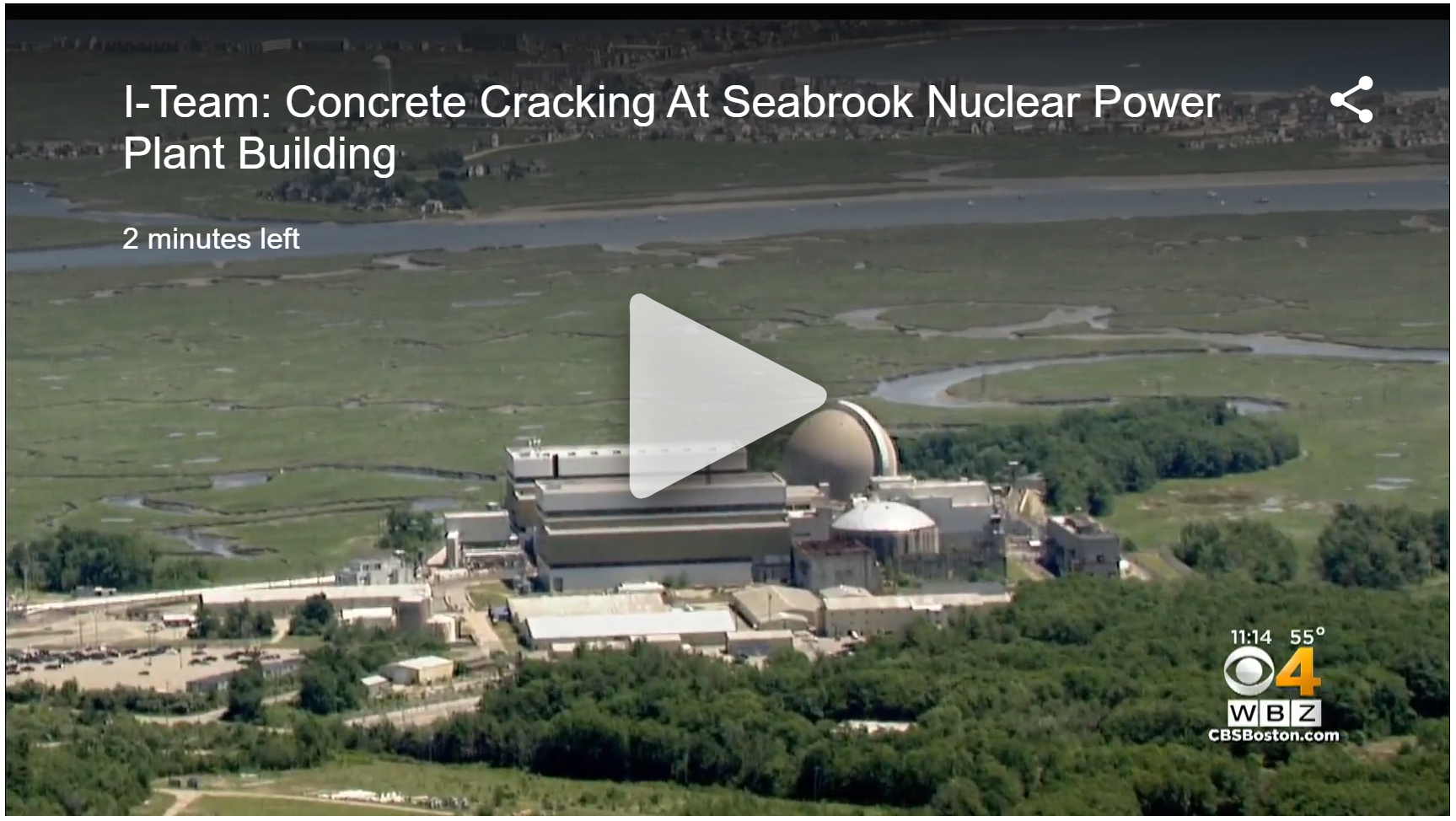Seabrook's Concrete & Licensing Issues
Seabrook Station, a 30-year-old atomic reactor situated on a marsh in coastal New Hampshire, is plagued by a complex and irreversible type of concrete degradation known as Alkali-Silica Reaction, or "ASR." Seabrook is the first reactor in the U.S. known to have this problem, though it's presence has contributed to the early closure of at least two reactors globally.
In 2016, Plant owner NextEra Energy Seabrook submitted a license amendment request to the U.S. Nuclear Regulatory Commission (NRC) relative to the ability of its concrete to continue performing as designed. Believing the monitoring and testing of the concrete to be inadequate, C-10 petitioned the NRC's Atomic Safety & Licensing Board (ASLB) for a public hearing on the matter. A hearing occurred in September 2019, with a ruling from the Board nearly a year later, in August 2020.
The outcome of this case is not only impacting the health and safety of all who live near Seabrook; it will have national repercussions in how nuclear plants are regulated, and whether guidelines on how to respond to Alkali-Silica Reaction are written.
Read on to learn about the history of problems with Seabrook's concrete and other safety concerns.





